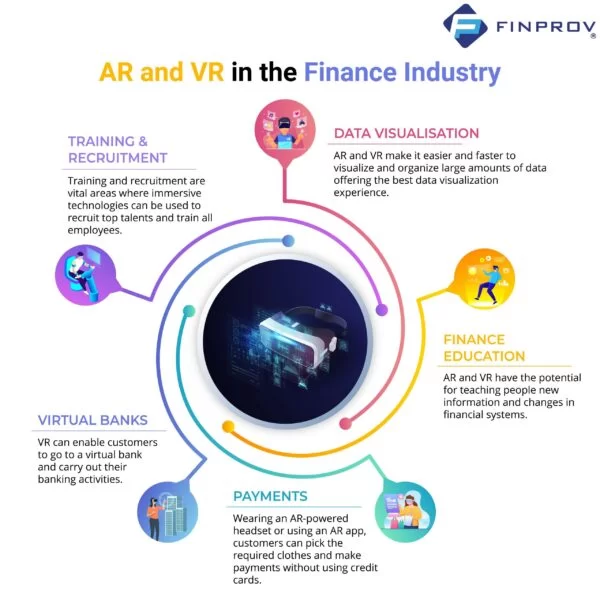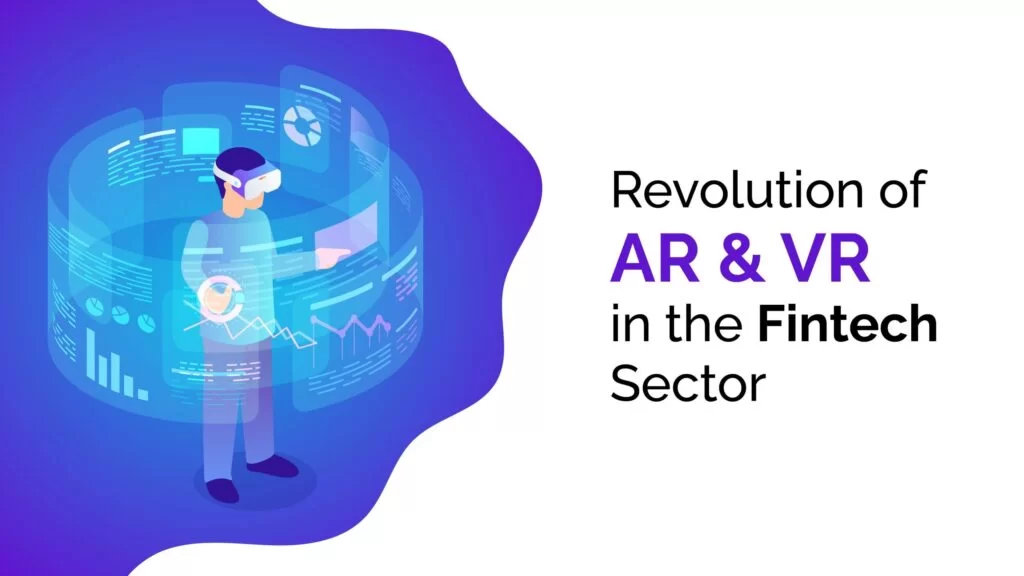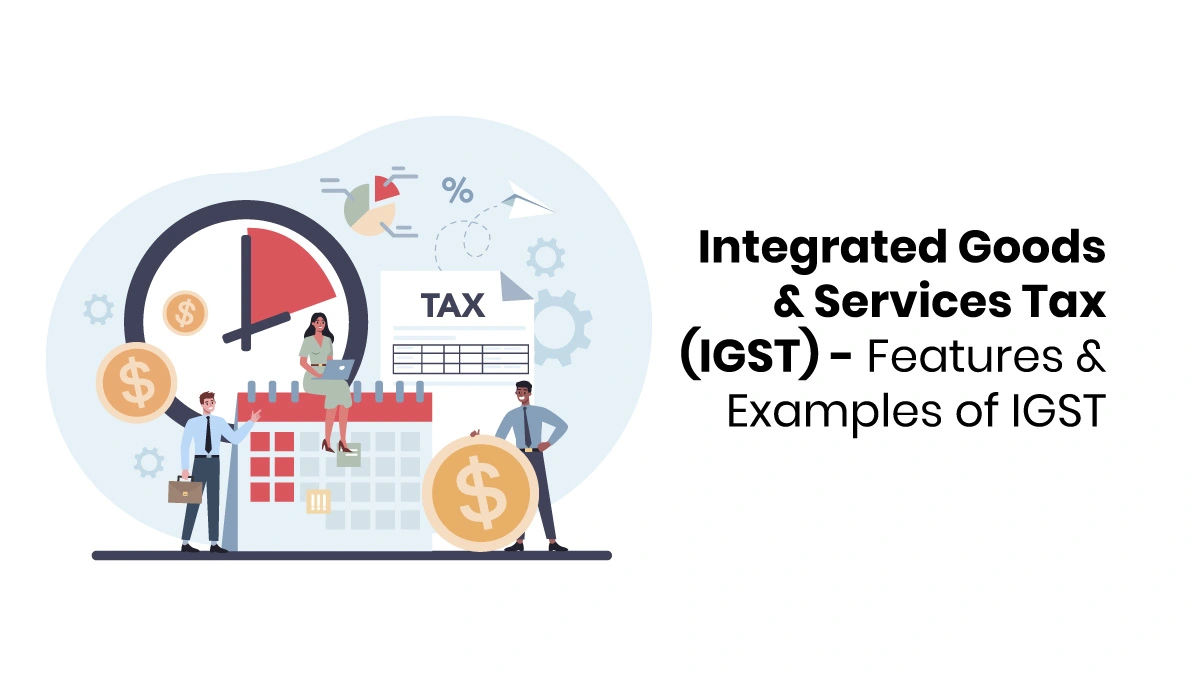Change is the only thing we see around us. With the world having taken a sharp U-turn in 2020, or at least what looked like one has transformed into one of the largest digital revolutions we have ever experienced. While every other sector is learning, unlearning and improving the digital aspects of their businesses to enhance growth, the finance sector, has also been undergoing evolutionary changes. From replacing humans with computers for storing large data and so on to using augmented reality and virtual reality to make user experience easier, the finance sector has taken a 360 degree turn.
Let’s take a look on to the use cases of AR and VR in the Fintech sector.
We at Finprov aims to help you remain updated in this fast paced world and learn and understand what are the changes taking place and most importantly how you can keep up with the pace. We provide you all with a platform to expand your knowledge and skills and dig deeper into a wide range of topics and themes with our blogs, certification courses in a wide range of topics and so on.
Applications of AR and VR in the Fintech Sector
Before we steer further into this topic, let’s understand what AR (augmented reality) and VR (virtual reality) is. AR is the technology that drapes a digital perception over the live world. The simplest of examples is a snapchat lens or an Instagram filter. VR is a multi-sensory computer generated experience that shuts out the physical world. Example is headsets like google glass, used to watch games or play games. “A report by global investment bank Goldman Sachs estimated augmented and virtual reality to become an 80-billion-dollar market by 2025.”
Banking and finance sectors were considered the most boring and difficult to understand till date. AR and VR makes it easier for everyone to understand the workings of this particular sector. Now the next question that automatically arises is, how does this add value to customers, professionals and institutions? While AR and VR has already simplified virtual trading and stock market, it adds more value than we can imagine.

How many of us have had our heads spinning when we see a lot of numbers, figures and data? Well, thanks to AR and VR, they have made data visualization easier and accessible. They help breakdown these complex figures and mass data for us to make better informed decisions. With the ever increasing fraudulent practices such as hacking, many institutions are using tech driven options to boost their core security systems.
Biometrics is a classic example of an AR security system used by majority of financial service institutions across the world. Both AR and VR have played an important role in strengthening the idea of ‘workplace anytime anywhere’. Banking users can now interact with virtual agents anytime to get the right legal advice. We don’t have to wait for hours on call to reach a banking professional to understand the status of our credit card. Now how cool and stress free is that?
AR and VR has also helped various sectors merge to make user experiences easier and comfortable. For example, Master card and Swarovski teamed up together to launch a VR shopping app to create a purchasing mechanism for Swarovski’s home décor range.
With the world moving at a faster pace than we can seem to catch up, AR and VR has not only helped professionals but also consumers to catch up in the technology driven race, while sitting in our couch in one part of the world. What better time, than post covid to make banking easier in the comfort of our homes? Right?










